Defense Daily
-
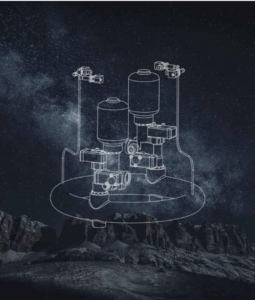 Business/Financial
Business/FinancialVoyager Technologies Begins Road Show For Proposed Public Offering
Space and defense technology company Voyager Technologies on Monday said it has begun its investor roadshow as part of previously announced plans for an initial public offering (IPO). The Denver-based […]
Tagged in: -
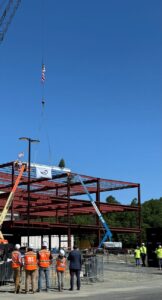 Weapons
WeaponsNorthrop Grumman Expects Near Quintupling of SRM Build in Elkton by 2027
ELKTON, Md.—Northrop Grumman‘s [NOC] propulsion systems and control (PS&C) business expects to build 440 solid rocket motors (SRMs) here annually by 2027–up from the current 90–as part of a $100 […]
-
 Space
SpaceYork Space Systems Completes Tranche 2 Design Review Ahead Of Plan
York Space Systems successfully completed the preliminary design review (PDR) one month ahead of schedule for the communication satellite system it is developing as part of the Space Development Agency’s […]
Tagged in: -
 Business/Financial
Business/FinancialSAIC’s Earnings Fall Despite Slight Sales Increase
Science Applications International Corp. [SAIC] on Monday posted a decline in first quarter earnings due to higher expenses and a cost overrun on a space program while sales edged higher […]
Tagged in: -
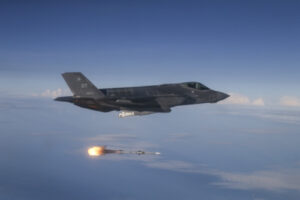 Uncategorized
UncategorizedWhite House Would Pay Less in NNSA Salaries in 2026 Compared to 2025 Estimate
The White House would give $10 million less for 2026 than 2025 for the National Nuclear Security Administration’s federal salaries and expenses, according to a more detailed budget proposal than […]
-
Monday, June 2, 2025
- Defense Watch: Deployable Combat Wings, CBO On Nuke Mods, EB Union Approves Contract, Coastal Sentinel
- Air Force Had ‘Low Level of Confidence’ in $426 Million, 15-Year Cost Savings Estimate for SPACECOM in Huntsville
- Army Details Multi-Phased Effort To Inform LASSO Lethal UAS Rapid Prototyping
- US Space Force, SpaceX Launch Another Accelerated Timeline GPS III Mission
- ULA Targets June 13 for Second Kuiper Mission
-
Monday, June 2, 2025
- Defense Watch: Deployable Combat Wings, CBO On Nuke Mods, EB Union Approves Contract, Coastal Sentinel
- Air Force Had ‘Low Level of Confidence’ in $426 Million, 15-Year Cost Savings Estimate for SPACECOM in Huntsville
- Army Details Multi-Phased Effort To Inform LASSO Lethal UAS Rapid Prototyping
- US Space Force, SpaceX Launch Another Accelerated Timeline GPS III Mission
- ULA Targets June 13 for Second Kuiper Mission
-
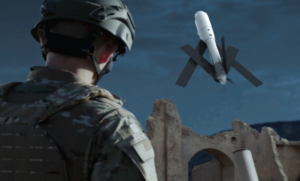 Army
ArmyArmy Details Multi-Phased Effort To Inform LASSO Lethal UAS Rapid Prototyping
The Army is seeking information on industry’s offerings for its Low Altitude Stalking and Strike Ordnance (LASSO) effort, as it looks to move into rapid prototyping to inform potential future […]
-
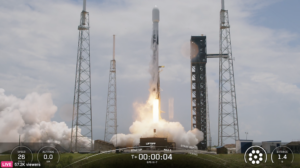 Space
SpaceUS Space Force, SpaceX Launch Another Accelerated Timeline GPS III Mission
SpaceX launched a GPS III satellite for the U.S. Space Force last Friday afternoon in the second demonstration of accelerating the timeline to launch. With the accelerated mission, the launch was […]
-
 Uncategorized
UncategorizedDefense Watch: Deployable Combat Wings, CBO On Nuke Mods, EB Union Approves Contract, Coastal Sentinel
Battle Management. The Department of the Air Force’s program executive office (PEO) for command, control, communications and battle management (C3BM) may hold another industry day this fall after one on […]

